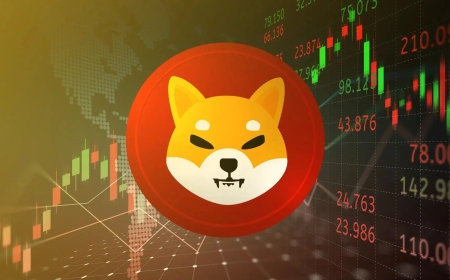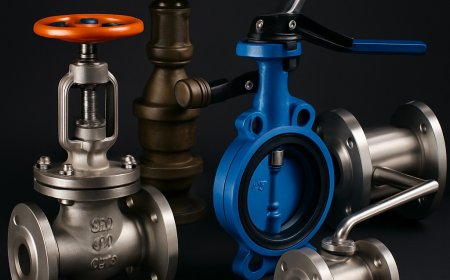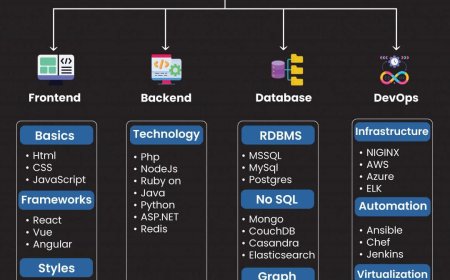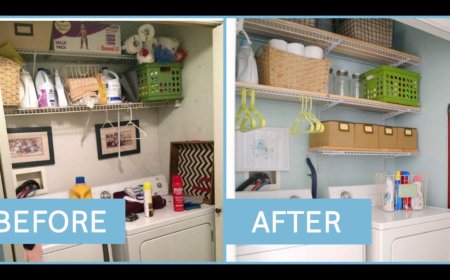How to Pass Your VETASSESS Skills Assessment?
A simple and practical guide on how to pass your VETASSESS skills assessment. Learn the steps, requirements, and tips for a successful VETASSESS assessment in Australia.

If you're planning to migrate to Australia as a skilled worker, there's one big step you cant skippassing your VETASSESS skills assessment .
This is especially true if your job falls under trades, technical roles, or general occupations like office manager, cook, childcare worker, or IT support specialist.
But what exactly is VETASSESS , and how do you make sure your skills assessment gets approved?
Ive helped many people through this process, and I know from experience that while its not overly complicated, it does require attention to detail, good documentation, and knowing what VETASSESS is really looking for.
Let me walk you through everything you need to know to pass your VETASSESS assessment with confidence.
What Is VETASSESS?
VETASSESS is an Australian organization that assesses the skills of people who want to migrate to Australia and have work experience or qualifications in vocational education and training (VET) fields.
They check whether your education and work experience match the requirements for your nominated occupation under the Australian and New Zealand Standard Classification of Occupations (ANZSCO) .
In simpler terms: they decide if your background makes you suitable to work in your chosen job in Australia.
Who Needs a VETASSESS Skills Assessment?
Youll need a VETASSESS skills assessment if:
- Youre applying for a Skilled Migration Visa (like 189, 190, or 491)
- Your job is listed on the Skilled Occupation List (SOL)
- Your job falls under VET-level qualifications (usually AQF Certificate III or higher)
Some common jobs assessed by VETASSESS include:
- Chef (351211)
- Office Manager (131111)
- Childcare Worker (421511)
- IT Support Technician (313111)
- Cook (351111)
- Electrician (341111) though some electrician roles are assessed by TRA
Always double-check the current SOL to confirm if your job is eligible.
The Key Requirements for VETASSESS Assessment
Heres what VETASSESS looks at when reviewing your application:
? 1. Qualification Match
Your qualification must be closely related to your nominated occupation.
For example:
- If you studied "Hotel Management", but want to apply as a Chef , VETASSESS may not accept it.
- But if you studied "Culinary Arts" or "Professional Cookery", thats a better fit.
If you dont have a formal qualification, you might still qualify through work experience only , depending on your job.
? 2. Work Experience
Work experience plays a major role in your VETASSESS skills assessment .
Depending on your job, you may need:
- At least 1 year of full-time paid work in the last 5 years
- Or 3+ years of part-time or full-time work over your career
Voluntary or unpaid internships usually dont count.
The work must also be in the same field as your nominated occupation. So if you worked as a receptionist but are applying as an office manager , youll need to show how your duties match the ANZSCO code.
? 3. English Language Proficiency
If your qualification was not taught in English, you may need to provide proof of English language ability.
Accepted tests include:
- IELTS (minimum 4.5 in each band)
- TOEFL iBT
- PTE Academic
- OET
- Cambridge English
Make sure your test results are valid and meet VETASSESS minimum standards.
Step-by-Step Guide to Passing Your VETASSESS Skills Assessment
Now lets break down the actual steps to help you succeed.
Step 1: Choose the Right ANZSCO Code
Start by checking the Skilled Occupation List (SOL) and find the best matching ANZSCO code for your job.
Use the Home Affairs Skilled Occupation List to confirm eligibility.
Choose wiselythis is the most important step.
Step 2: Gather All Required Documents
Youll need:
- Scanned copies of your diplomas, certificates, and academic transcripts
- Detailed employment reference letters from past employers
- Passport copy
- Proof of English (if required)
- CV/resume summarizing your work history
Each document should clearly show:
- Your name
- Job title
- Duration of employment
- Detailed list of duties and responsibilities
Step 3: Write a Clear Cover Letter
Even though its optional, a short cover letter helps explain your background and how your work matches the ANZSCO description.
Mention:
- Your nominated occupation
- Summary of qualifications and work experience
- Any additional training or certifications
Step 4: Submit Your Application Online
Go to the VETASSESS website and create an account.
Fill out the online form carefully and upload all your documents.
Double-check everything before submittingonce sent, you cant edit your application.
Step 5: Pay the Assessment Fee
As of 2024, the standard fee for a VETASSESS skills assessment is AUD $1,250 (subject to change).
Payment is non-refundable, so make sure your documents are complete and correct.
Step 6: Wait for Results
Processing times vary, but typically take between 812 weeks .
You can check your application status online using your login.
If VETASSESS needs more information, respond quickly to avoid delays.
Step 7: Receive a Positive Outcome
If your application is successful, youll get a Skills Assessment Outcome Letter .
This confirms that your skills and qualifications match the Australian standard for your nominated occupation.
You can now proceed with your visa application!
Recent News: VETASSESS Changes in 2024
In early 2024, VETASSESS updated its guidelines to improve accuracy and reduce fraud.
Key changes included:
- Stricter verification of employment references
- More detailed checks for self-employed applicants
- Introduction of online employer portals for faster confirmation
These updates mean its even more important to submit accurate and verifiable documents.
Also, some previously accepted ANZSCO codes were removed from the SOL, while others were addedespecially in healthcare, early childhood education, and renewable energy sectors.
So always check the latest SOL and VETASSESS guidance before applying.
Common Reasons People Fail Their VETASSESS Assessment
From talking to others who've gone through this, here are the top mistakes to avoid:
? Choosing the wrong ANZSCO code
? Submitting vague or incomplete reference letters
? Not proving enough relevant work experience
? Assuming any similar job title is acceptable
? Sending low-quality scans or missing documents
To avoid rejection, be specific, honest, and thorough in your application.
Tips for Success
Here are a few things Ive seen help people pass their VETASSESS assessment :
? Use real, detailed job descriptions in your reference letters
? Make sure your CV matches the ANZSCO code exactly
? Keep copies of every document you send
? Apply earlydont wait until the last minute
? Ask for feedback if your application gets rejected
Also, dont try to game the system. VETASSESS has strong systems in place to detect fake documentsand getting caught can lead to visa bans.
Final Thoughts
Passing your VETASSESS skills assessment isnt just about sending in paperworkits about showing that you truly have the right skills and experience for your job in Australia.
Yes, it takes time and effort, but once you get that approval letter, it opens the door to your future in Australia.
Take it step by step, follow the guidelines, and dont rush the process.
If you prepare well, stay honest, and present your experience clearlyyouve got a great chance of passing your VETASSESS assessment on the first try.
Good luck!
Author Bio:
This article was written by someone who has personally guided dozens of migrants through the VETASSESS skills assessment process. With firsthand knowledge of what works and what doesnt, our goal is to give you clear, easy-to-follow advice on how to pass your VETASSESS assessment without confusion or stress. No jargon, no shortcutsjust real tips from someone who understands the journey.



































